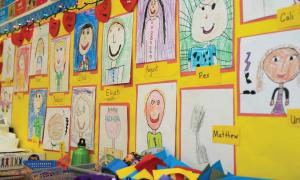article
Conversations Can Bridge Cultural Divide
The month of Ramadan comes upon my classroom slowly. The non-Muslim students don’t notice the changes at first, but soon the little things start creeping in. They see that the classes are smaller, because more students are staying home. Or they might notice that the Muslim students are a little more tired than usual, or that when offered food, they politely put up their hand and say, “No food for me, I am fasting.” This is when the questions start.

